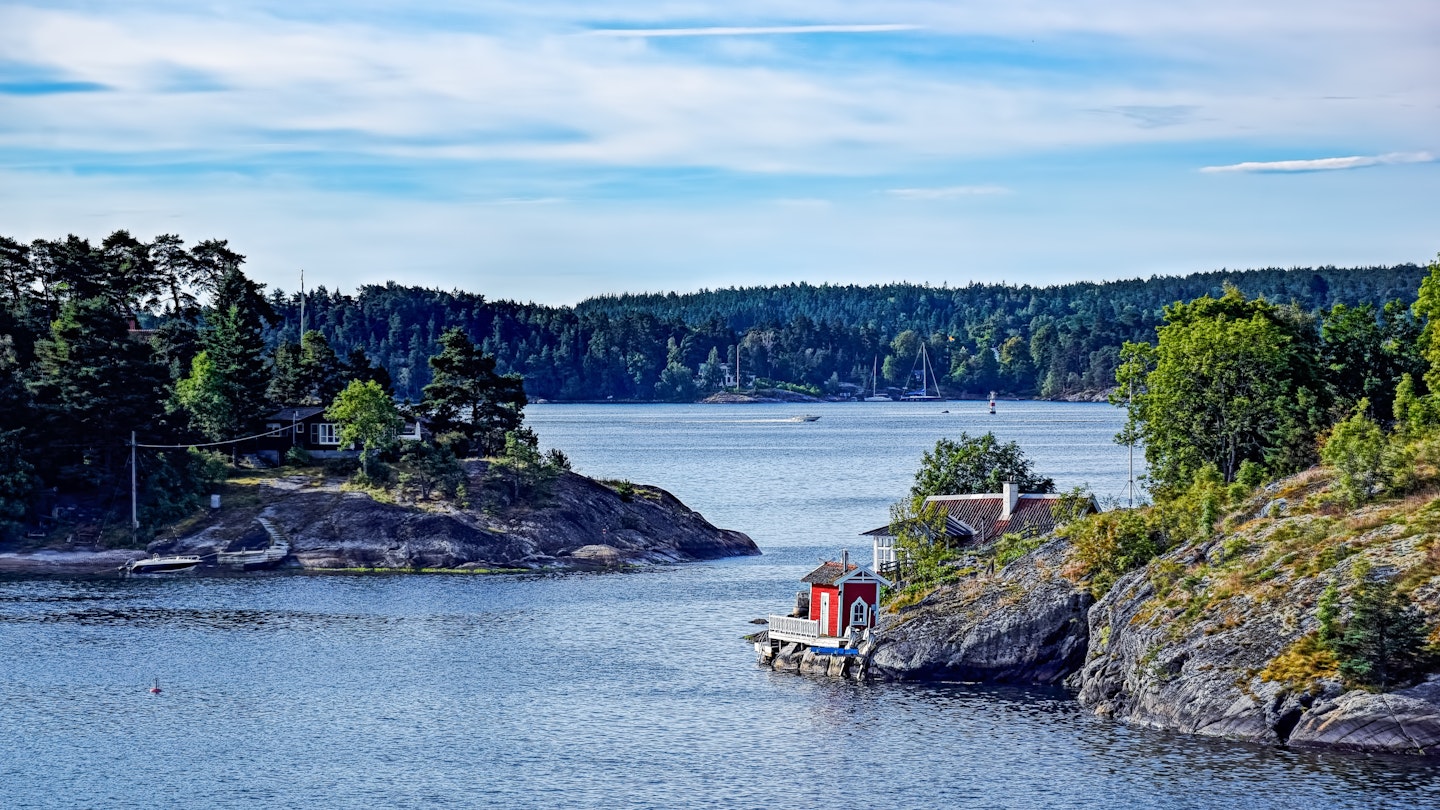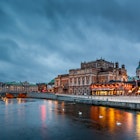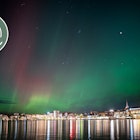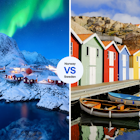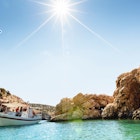With country palaces, windswept islets, dynamic towns and Viking culture, the greater Stockholm area has a wealth of day trips and weekend getaways that are easy to drive to and even easier to reach on public transport. Roads are generally in good repair, and buses and trains are comfortable. Conveniently, SL travel passes allow unlimited travel on all buses and local trains in the area. From Drottningholm Slott to Vaxholm in the Stockholm Archipelago, here are the best day trips from Sweden's capital city.
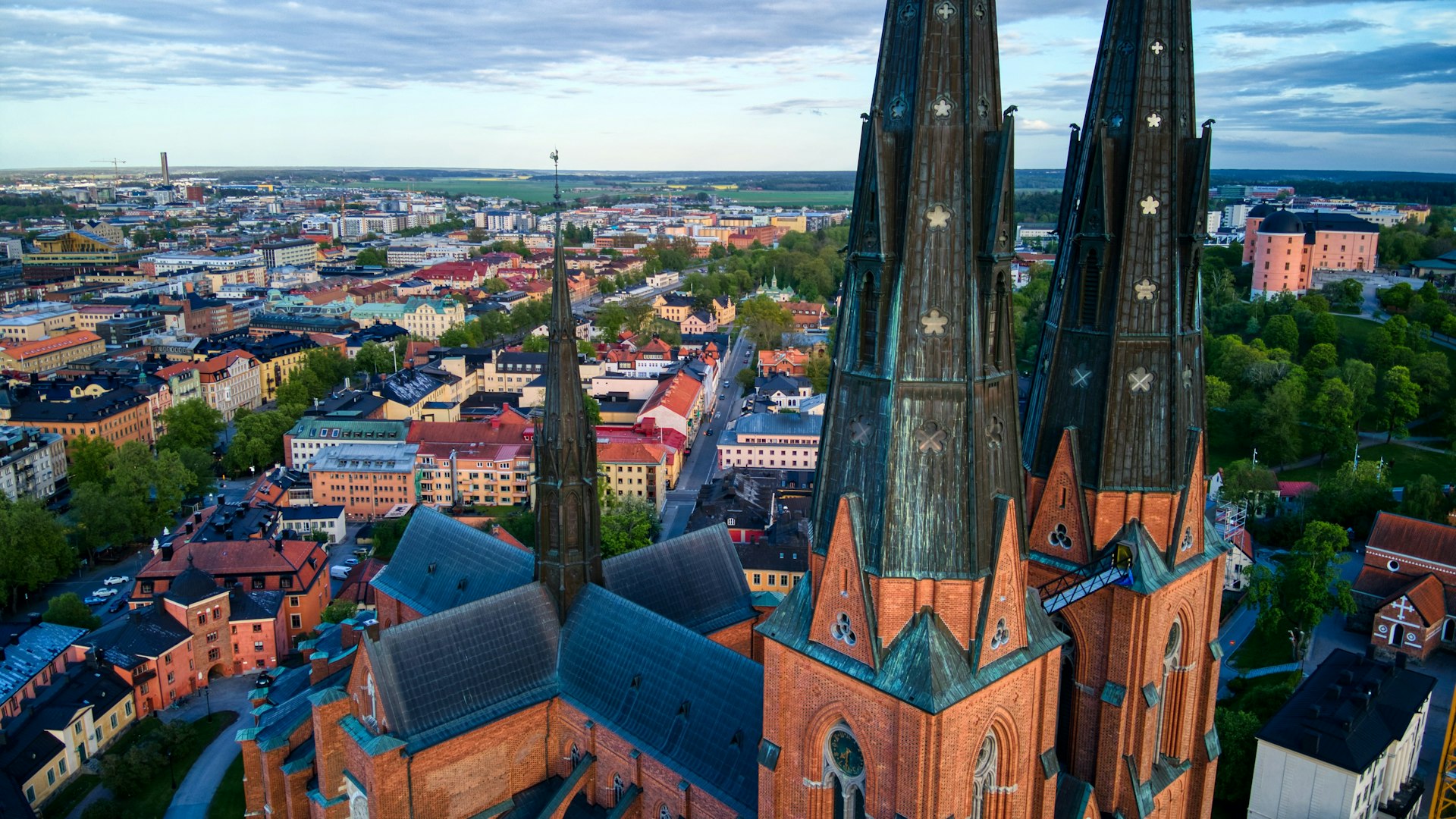
Uppsala and Gamla Uppsala
Why go?: Visit the historical and spiritual heart of Sweden
A lively college town that's rich in history, Uppsala is one of Sweden’s oldest cities, dating back to the 3rd century. It's also next-door to one of the most important pre-Viking sites in the country.
The city’s 40,000 students create a youthful buzz that’s easily seen in the sheer number of stylish but unpretentious cafes and bars. The city’s charm coheres around the meandering river Fyris, which flows through the center, lined by cobblestone pathways and hundreds of bicycles. A squat, pink castle tops the hill above town, with a royal garden stretching out below it. Budding scientists will enjoy the Linnémuseet and adjoining botanical garden, a replica of botanist Carl von Linne’s workspace. History buffs have plenty to absorb, starting with the treasure-filled Museum Gustavianum or the skyline-defining Domkyrka (Cathedral). But the big draw is Gamla (Old) Uppsala, just up the road.

Gamla Uppsala
A gorgeous cycle ride away, 2.5 miles (4km) north of Uppsala town center, is the fascinating archaeological site of Gamla Uppsala, once a flourishing 6th-century religious center where, allegedly, human sacrifices were made. It’s one of Sweden’s largest and most important ancient burial sites, containing 300 mounds from the 6th to 12th centuries. You can learn more in the adjoining Gamla Uppsala Museum, or wander on your own; there are informative plaques throughout the site.
If you feel like a stroll or a bicycle ride, Eriksleden is a 6km "‘pilgrims path" between the cathedral in Uppsala and the church in Gamla Uppsala. Its namesake, Erik the Holy, was king of Sweden from around 1150 until the Danes beheaded him 10 years later. The story is that his head rolled down the hill, and where it stopped a spring came up. The main trail also provides access to a ridged wilderness hiking area called Tunåsen, with a panoramic viewpoint (follow signs along Eriksleden just south of Gamla Uppsala to "utsiktsleden").
How to get to Uppsala: SL commuter trains run frequently (every 30 minutes or more) from Stockholm’s Central Station and City Station to Uppsala’s central station in about 40 minutes to an hour. Bus 801 goes frequently from Stockholm Cityterminalen to Uppsala central station via Arlanda Airport in about 45 minutes. Buses for Gamla Uppsala leave from Stora Torget in central Uppsala.
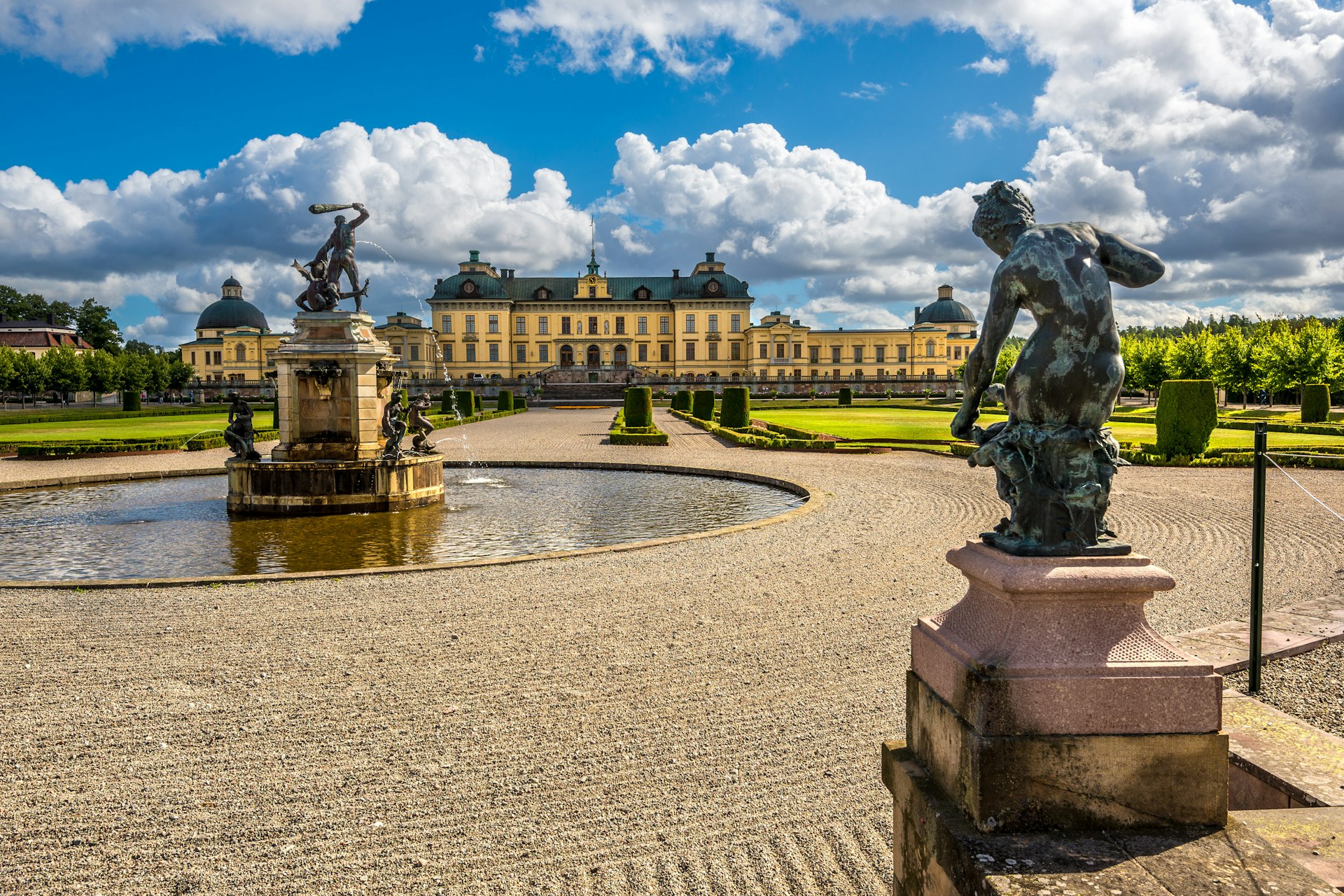
Drottningholm Slott
Why go?: Explore the splendors of a royal palace
If Drottningholm reminds you a little of the Palace of Versaille, you’re not far off: it was designed around the same time, by architectural great Nicodemus Tessin the Elder. Begun in 1662, the Renaissance-inspired main palace is home to the royal family for part of the year. You can roam the grounds on your own, but it's worth taking a one-hour guided tour (30kr; in English three times daily June to August, weekends rest of year). Guides tell entertaining stories about what it was like politically and culturally at the time the palace was being designed and decorated.
Some highlights of the tour include the highly ornamented State Bedchamber of Hedvig Eleonora, the envy of everyone on Pinterest; it’s Sweden’s most expensive baroque interior. The library of Lovisa Ulrika is also a bright and impressive room, complete with most of its original 18th-century fittings (though most of her collection of 2000 books has been moved to the Royal Library in Stockholm for safekeeping).
Both of the Tessins, Nicodemus the Elder as well as the Younger, share credit for the palace's elaborate staircase, with statues and trompe l'oeil embellishments at every turn. And the dedication to design continues outside in the geometric gardens, which are set at an angle for maximum impact and are worth the trip all by themselves.
The royal theater, Slottsteater, was completed in 1766 on the instructions of Queen Lovisa Ulrika. Remarkably untouched from the time of Gustav III’s death (1792) until 1922, it’s now the oldest theater in the world still mostly in its original state.
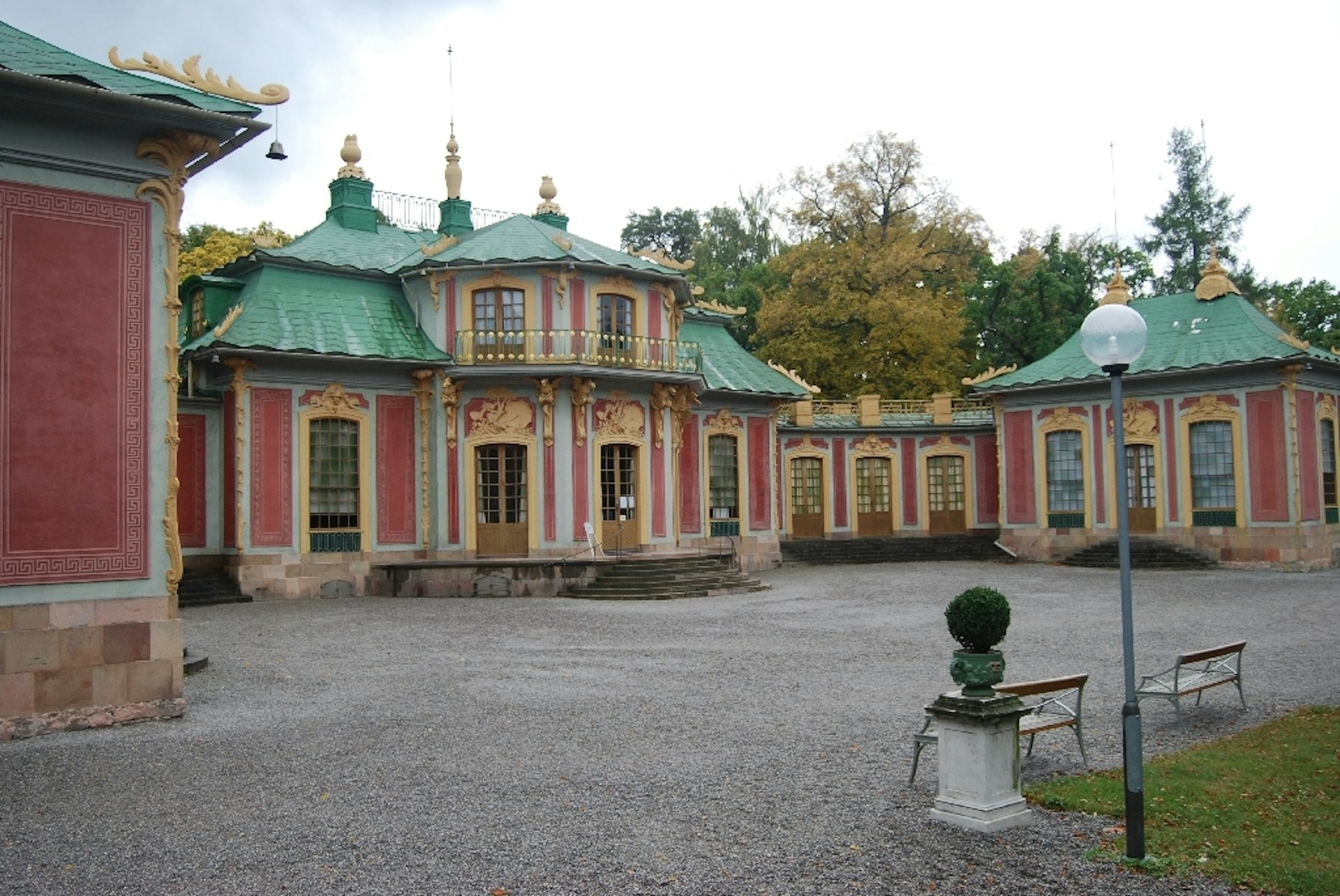
A backstage tour of the theater reveals even more about how much people were into the art of illusion in this era. Performances held here in summer still use the original 18th-century machinery to create dramatic effects; the wind machine is impressive. Scenes can be changed in less than seven seconds. Keep a lookout for fake marble, fake curtains and papier-mâché viewing boxes. Even the stage was designed to create illusions regarding size.
At the far end of the royal gardens is Kina Slott, a lavishly decorated Chinese pavilion built by King Adolf Fredrik as a birthday surprise for Queen Lovisa Ulrika in 1753. The interior was the absolute pinnacle of fashion at the time; it has been restored but remains one of the finest rococo chinoiserie interiors in Europe. On the slope below Kina Slott, the carnivalesque Guards’ Tent was erected in 1781 as quarters for the dragoons of Gustav III, but it’s not really a tent at all (another illusion).
How to get to Drottningholm Slott: Take the tunnelbana to Brommaplan, then change to the bus to Drottningholm. There's also a well-marked bicycle path from the center of Stockholm to Drottningholm. In summer, regular boat services leave from Stadshuskajen to Drottningholm.
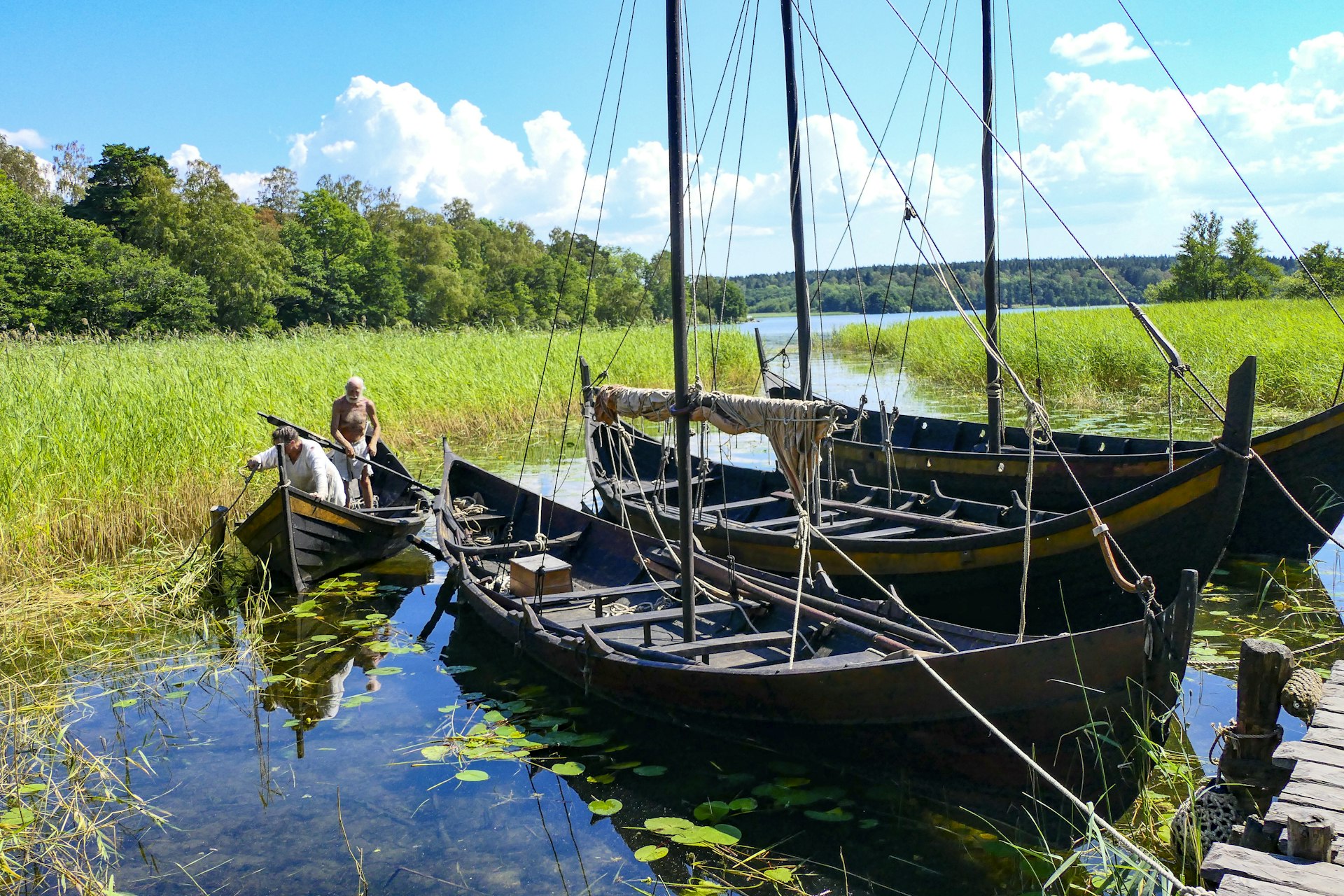
Birka
Why go?: Wander a large Viking settlement
The historic Viking trading center of Birka, on Björkö in Lake Mälaren, makes for an educational and evocative day trip, especially for those interested in Viking lore. A Unesco World Heritage site, the settlement was founded around 760 CE to expand and control trade in the region. There’s not much here today, other than a beautiful Swedish island, but it’s easy to imagine the place bustling with around 700 traders and craftspeople at its peak.
The village site is surrounded by the largest Viking-age cemetery in Scandinavia, with around 3000 graves. Most people were cremated, then mounds of earth were piled over the remains, but some Christian coffins and chambered tombs have been found. There are also excavated remains of a defensive fort and the harbor.
For those whose imaginations need a little jumpstart, it’s easier to bring the scene to life if you first visit the superb Birka Museum, where exhibits include artifacts from the excavations, copies of the most impressive objects found, and a scale model of the village as it would have looked in Viking times.
How to get to Birka: Strömma Kanalbolaget runs round-trip cruises to Birka from Stadshusbron in central Stockholm. The trip takes two hours each way; plan on a full day’s outing. Cruise prices include museum admission and a guided tour in English of the settlement’s burial mounds and fortifications. No ferries run during the Midsummer holidays.
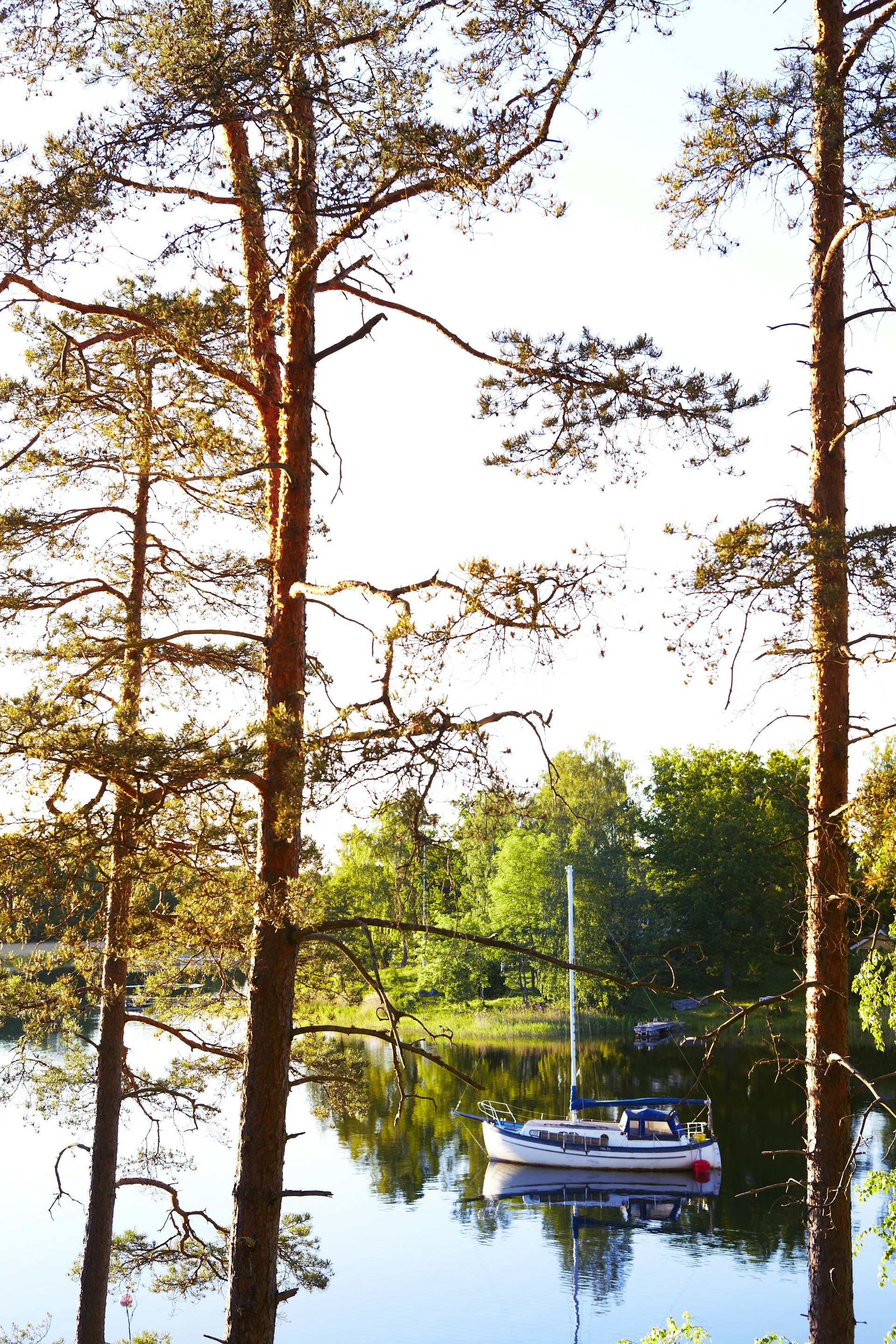
Vaxholm and the Stockholm Archipelago
Why go?: Hop between beautiful islands on the Baltic
Stockholmers tend to get misty-eyed when they talk about the archipelago, understandably. This is where the most iconic images of the area come from: little red wooden huts and cabins, deep forests, rocky beaches and low slabs of rock dotted with sunbathing Swedes. The islands are scattered between the city and the Baltic Sea and are a must-visit if you’re in the capital.
There are many thousands of islands in the archipelago, with the count ranging from 14,000 to 100,000 (the general consensus is 24,000), but not all are inhabited or visitable. Some are quite far-flung, but many of the islands with regular ferry service are much closer to the city than many visitors imagine. Several can be seen on a day trip, or you can hop on a round-trip boat to get a look at them from the water. The nominal "capital" of the region is Vaxholm, a good place to start.
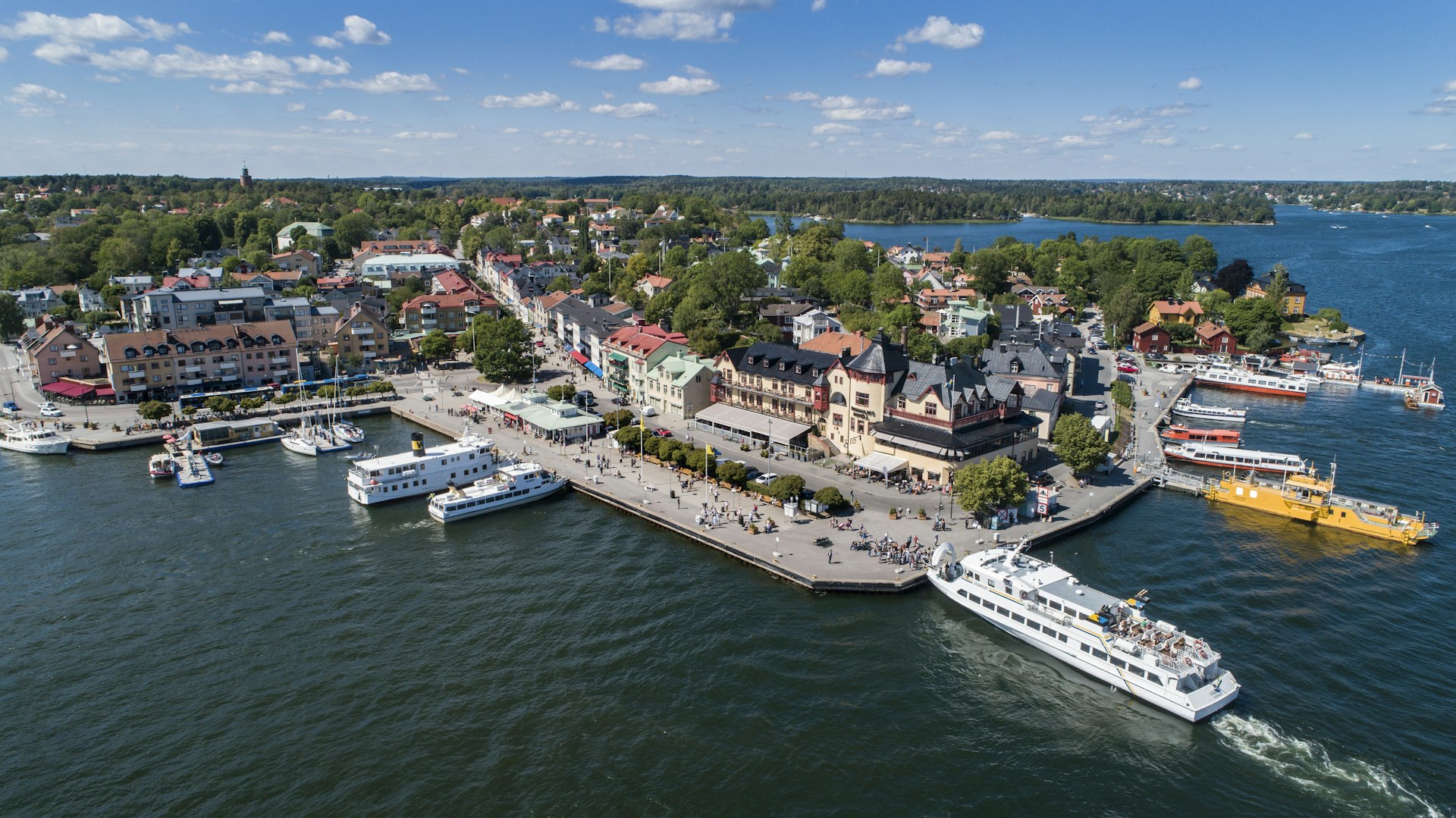
Vaxholm
There are plenty of reasons to visit Vaxholm, the most obvious being that this is the closest archipelago island to Stockholm, making it a handy introduction to the region. But Vaxholm is more than just a gateway, its cobbled sloping streets, candy-colored wooden houses, excellent restaurants (like the waterfront seafood mainstay Melanders Fisk) and idiosyncratic shops making it a charming destination on its own.
The oldest part of Vaxholm is Norrhamn, just north of the town hall; here you’ll find a typical 19th-century fisher’s house among other historic buildings. Along the waterfront, take a gander at the eye-catching art nouveau Waxholms Hotell. The island's most prominent sight is the imposing Vaxholm Fortress, originally built in 1544, when King Gustav Vasa ordered its construction to protect the Swedish capital and mainland. It repelled an attack by the Danes in 1612 and the Russians in 1719, among others. There are frequent ferries through the day to the island fort.
How to get to Stockholm Archipelago: Waxholmsbolaget boats reach most of the visitable islands in the archipelago as part of Stockholm’s public transport network. Ferries leave from Stockholm’s Strömkajen, in front of the Grand Hotel, several times a day depending on the season; it takes around 50 minutes to get to Vaxholm. Buy tickets on board; five- and 30-day travel cards are also available. Most islands in the archipelago have good boat connections, provided you check schedules in advance – although there are worse places in the world to get stranded!
You might also like:
The most unmissable experiences in stunning Stockholm
The best things you can do for free (and nearly free) in Stockholm
The best neighborhoods in Stockholm

